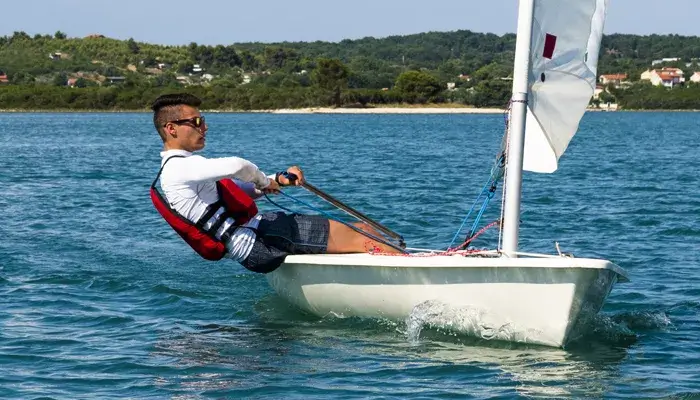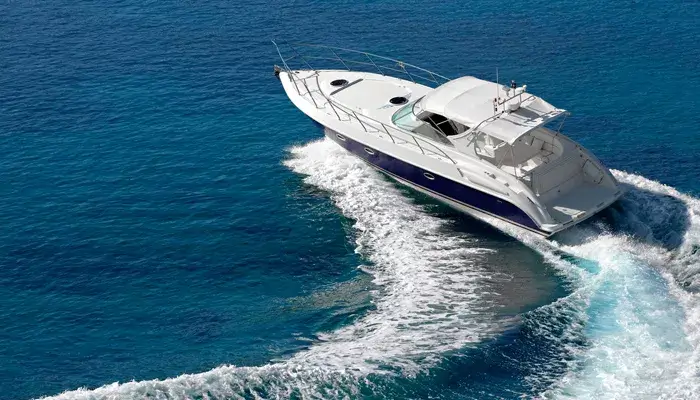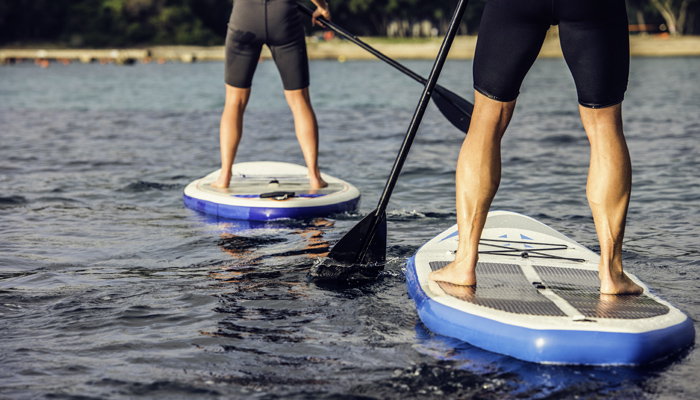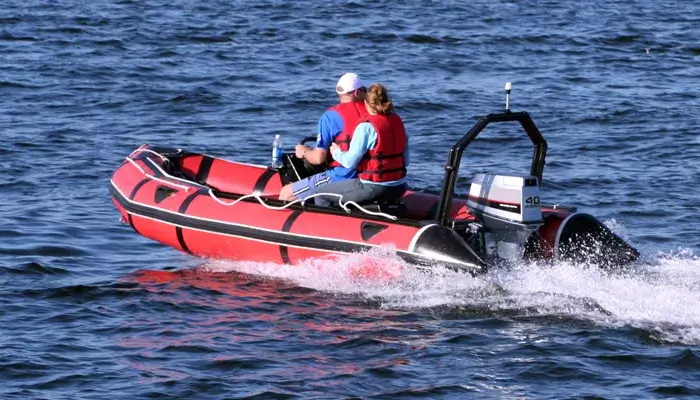Sails care and maintenance
Sails are some of the most expensive and vulnerable equipment on any yacht, so it’s important to look after them. This guide from Towergate, specialist providers of Yacht Insurance, provides practical tips for keeping your sails in good shape.
Yacht Sails; how to care and maintain them
The sails are the true engine of any yacht - yes, there's that diesel-powered thing downstairs, but it's only really there for convenience and emergencies! If we're talking sailboats, then the sails are one of the most important pieces of equipment onboard. but a little care and effort can extend the life of sails and maintain their performance. To some wear and tear is unavoidable but you can minimise the damage from sunlight, handling, flogging, salt water, chafe and dirt.
Flogging and excess flapping
Flogging or excessive flapping for example is the fastest way to wear them out.
Unsurprisingly, the time when it's most difficult to look after sails is when they are being used; but there's good use and bad use. Flogging or excessive flapping for example is the fastest way to wear them out. The resin finish on modern sailcloth breaks down with the physical shaking and the cloth becomes weaker and stretchier.
If a boat is equipped with modern sail handling technology, then sails should really only flog in an emergency. But even a limited amount can do damage, like the flapping of a badly set-up mainsail or headsail leech. So it's worth investing in some knowledge of correct sail trim, if for no other reason than to save on expensive sails.
Sunlight
Like flogging, sunlight degrades all sail cloth and while not much can be done about it when the sail is up, they can be covered when the yacht is motoring, moored or anchored. Boom covers and sacrificial sunstrips on the leeches of furling genoas will really help the sails last.
Chafing
It's a good idea to go over the boat looking for any sharp or rough surfaces.
A little preparation is needed to avoid chafing holes in the sails - they should already have extra layers and protection in vulnerable areas; where the sail comes into contact with the spreaders, shrouds and stanchions. But it's a good idea to go over the boat looking for any sharp or rough surfaces, pins or screw heads - make them smooth by replacing any damaged fittings, file rough surfaces and tape over sharp edges and corners with electrical tape.
Salt water preparations
We can be grateful that these days that modern sail materials are resistant to damp and salt. But if there is an opportunity, it's never a bad idea to rinse the sails anyway. Salt does hold moisture in the cloth and older sails may start to break down, and the salt crystals will chafe the fibres.
Storage
There is one type of sail that does need more care, and that's anything made from nylon, as the material loses strength and changes shape when it's wet. Try to rinse and dry wet nylon spinnakers; alternatively, leave the sail loose and out of the bag in the cabin or forepeak as the next best thing. Don't hang sails in the rigging to dry them unless it is completely calm - the flogging does more damage than leaving them wet. Excessive heat is also to be avoided - sails suffer in hot cars in the middle of summer.
When it comes to handling, then it's always best to roll sails when they are packed up, as this avoids creasing if they are flaked or folded. Try and get bags big enough that the sails don't need any further folding. If they are stored down below, politely ask crew and guests not to sit or stand on them!
If a headsail is left on a roller furler, then make sure that any halyard tension is eased off. The same goes for the outhaul tension on the mainsail if it is left flaked, rolled or furled on the boom - otherwise the sail can end up permanently stretched.
Winter preparations
If you can afford it, many sailmakers will do a winter sail valet service.
The winter lay-up is a bit different, even hard-wearing modern materials will not take kindly to being left damp, salty, dirty and creased till the spring. Rinse and dry the sails, then leave them loosely rolled. Wash them if you can - some dirt, like rust, can be corrosive. Once clean they should be stored somewhere dry, cool and out of the sun. If you can afford it, many sailmakers will do a winter sail valet service that includes all this, and additionally they will check to see if there is any maintenance work required.
Chafing is the biggest problem over the winter particularly on bolt ropes. Slides, hanks or cars should be checked for cracking or signs of fatigue failure (discolouration or roughening of a metal surface). And the headboard, batten pockets and battens, Cunningham and outhaul rings should all be examined - look for chafed or broken stitching.
Check the seams to see if they are coming apart. Check the general condition of the cloth, particularly in areas that are prone to chafe on spreaders and stanchions. How soft and pliable is the cloth compared to when it was new? Sailcloth can be a bit like the brakes on your car - it's only clear how bad it's got when it's too late.
There are a few rules of thumb when it comes to maintenance work. More than a couple of layers of headsail or mainsail cloth will prove too much for domestic sewing machines, so anything that can't be handsewn should go to a sailmaker for repair.
If a rip or tear crosses a seam, rather than being confined to a single panel of cloth, then it becomes more structural and is probably best left to the professionals.
Similarly, if a rip or tear crosses a seam, rather than being confined to a single panel of cloth, then it becomes more structural and is probably best left to the professionals.
When it comes to the hardware, try and assess how much load it is under - batten pockets, hanks and slides away from the corners of the sail are all repairable at home, if you know what you are doing. But anything near the clew, tack and head rings will operate at high load and these are not good choices for a first attempt at sailmaking. Remember, even with the best insurance in the world, you don't really want sails blowing up. It always seems to happen at the worst possible time - in a gale and on a lee shore!
Yacht insurance from Towergate
For risk management advice from our experts and to buy yacht cover see our yacht insurance page or phone 0344 892 1987.
About the author
Adam Summersby is a respected leader with 11 years’ varied experience in niche personal and commercial lines insurance, including caravan, site operators and excess reimbursement, with proficiency in leadership, sales and account management.
Date: April 11, 2023
Category: Boat















